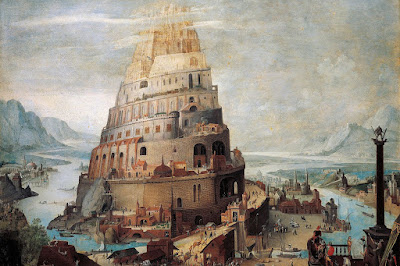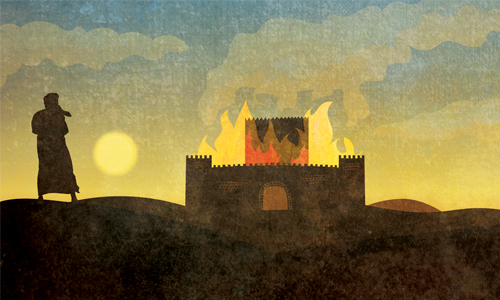Little Babels of Legalism

In Genesis 11 we read a story that is the carbon copy of history from garden onward. With the goal of making a name for themselves keenly in view, the descendants of Noah settled in the land of Shinar and started building a tower to reach to the heavens. Just like our ancestors, we are no different, except for the fact that we don’t use bricks to build our towers. Inward Legalism In his book How the Gospel Brings Us All the Way Home , Derek Thomas defines legalism as, “being asked to obey in order to win God’s favor”. Just like Adam in the garden, we must cover ourselves with whatever we can find, and just like Adam we typically take things that were created by God and twist them for our own purposes. Just like the fig leaves, we make ourselves respectable robes of our own righteousness, fashioned by the very laws of God designed for our good. Outward Legalism Thomas his definition also stated that it will present itself in, “being asked to obey a command over and above that whi...




